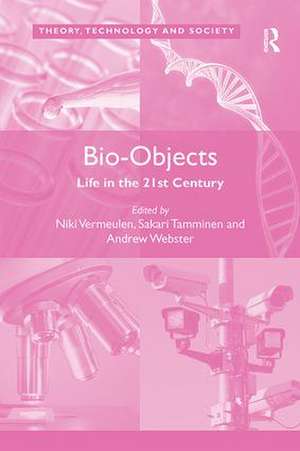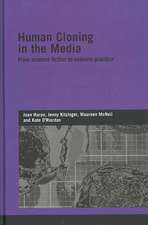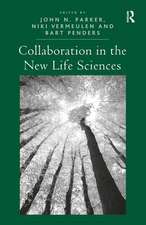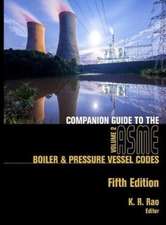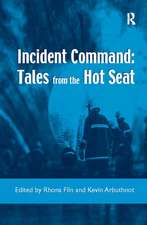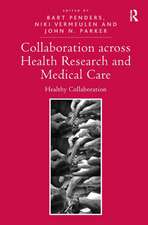Bio-Objects: Life in the 21st Century: Theory, Technology and Society
Editat de Niki Vermeulen, Sakari Tamminen, Andrew Websteren Limba Engleză Paperback – 16 iun 2017
Toate formatele și edițiile
| Toate formatele și edițiile | Preț | Express |
|---|---|---|
| Paperback (1) | 446.13 lei 6-8 săpt. | |
| Taylor & Francis – 16 iun 2017 | 446.13 lei 6-8 săpt. | |
| Hardback (1) | 1104.89 lei 6-8 săpt. | |
| Taylor & Francis – 28 dec 2011 | 1104.89 lei 6-8 săpt. |
Preț: 446.13 lei
Nou
Puncte Express: 669
Preț estimativ în valută:
85.43€ • 88.02$ • 71.69£
85.43€ • 88.02$ • 71.69£
Carte tipărită la comandă
Livrare economică 21 februarie-07 martie
Preluare comenzi: 021 569.72.76
Specificații
ISBN-13: 9781138306509
ISBN-10: 1138306509
Pagini: 240
Dimensiuni: 156 x 234 x 13 mm
Greutate: 0.45 kg
Ediția:1
Editura: Taylor & Francis
Colecția Routledge
Seria Theory, Technology and Society
Locul publicării:Oxford, United Kingdom
ISBN-10: 1138306509
Pagini: 240
Dimensiuni: 156 x 234 x 13 mm
Greutate: 0.45 kg
Ediția:1
Editura: Taylor & Francis
Colecția Routledge
Seria Theory, Technology and Society
Locul publicării:Oxford, United Kingdom
Notă biografică
Niki Vermeulen is Lecturer in the History and Sociology of Science at the University of Edinburgh, UK, Sakari Tamminen is an Academy of Finland postdoctoral researcher at the University of Helsinki, Finland. Andrew Webster is Professor of the Sociology of Science & Technology and Director of the Science and Technology Studies Unit at the University of York, UK
Recenzii
Prize: Awarded the Olga Amsterdamska Award, 2012, European Association for the Study of Science and Technology. The Amsterdamska award is made for the most creative collaboration in an edited book in the broad field of science and technology studies. 'Firmly anchored in the field of science and technology studies, this collection invites us to follow bio-objects through the way they challenge the boundaries of the living and their associated social, legal and ethical issues.' Bioethique Online 'In 1923, the artist Man Ray created Object to be Destroyed, a provocation against "art" that, ironically, he never destroyed. When, in 1957, Parisian students at a Dada exhibition destroyed the piece, Ray used the insurance to make multiple copies. Compare the bio-objects inventively theorized in this book: icons of the instability of "life" but also symbols of its enduring multiplicity.' Stefan Helmreich, Massachusetts Institute of Technology, USA 'This engaging and wide-ranging book introducing the concept of "bio-objects" makes a substantial contribution to the social study of bioscience and biomedicine through a series of empirically rich case studies in which this term is put to productive use. Bio-Objects convincingly adds an important new term to the study of how life is being remade through technology.' Sarah Franklin, University of Cambridge, UK
Cuprins
Chapter 1 IntroductionBio-Objects: Exploring the Boundaries of Life, Andrew Webster; Part 1 Changing Boundaries of Human, Nonhuman and Society; Chapter 1a Challenging Bio-objectification: Adding Noise to Transgenic Silences, Tora Holmberg, Malin Ideland; Chapter 2 Pluripotent Promises: Configurations of a Bio-object, Lena Eriksson; Chapter 3 Water '“ An Exploration of the Boundaries of Bio-objects, Ragna Zeiss; Chapter 4 Bio-objectification of Clinical Research Patients: Impacts on the Stabilization of New Medical Technologies, Conor M.W. Douglas; Part 2 Governing Bio-Objects; Chapter 5 Beasting Biology: Interspecies Politics, Nik Brown; Chapter 6 Comparing Public Engagement with Bio-objects: Implementing Co-existence Regimes for GM Crops in Denmark, the UK and Germany, Janus Hansen; Chapter 7 Governing Hereditary Disease in the Age of Autonomy: Mutations, Families and Care, Aaro Tupasela; Chapter 8 At the Margins of Life: Making Fetal Life Matter in Trajectories of First Trimester Prenatal Risk Assessment (FTPRA), Nete Schwennesen; Part 3 Generative Relations; Chapter 9 The Fruit of Love: The German IVF-embryo Turning from Abject into Bio-object, Bettina Bock von Wülfingen; Chapter 10 On Why States Still Matter: In vitro Fertilization Embryos between Laboratories and State Authorities in Italy, Ingrid Metzler; Chapter 11 Growing a Cell in Silico: On How the Creation of a Bio-object Transforms the Organisation of Science, Niki Vermeulen; Chapter 12 Genetic Discrimination 2.0: The Un/Differentiating Gene in Insurance, Ine Van Hoyweghen; Chapter 13 Still Life? Frozen Gametes, National Gene Banks and Re-configuration of Animality, Sakari Tamminen;
Descriere
Examining a variety of bio-objects in contexts beyond the laboratory, Bio-Objects: Life in the 21st Century explores new ways of thinking about how novel bio-objects enter contemporary life, analysing the manner in which the boundaries between human and animal, organic and non-organic, and being 'alive' and the suspension of living, are questioned, destabilised and in some cases re-established.
